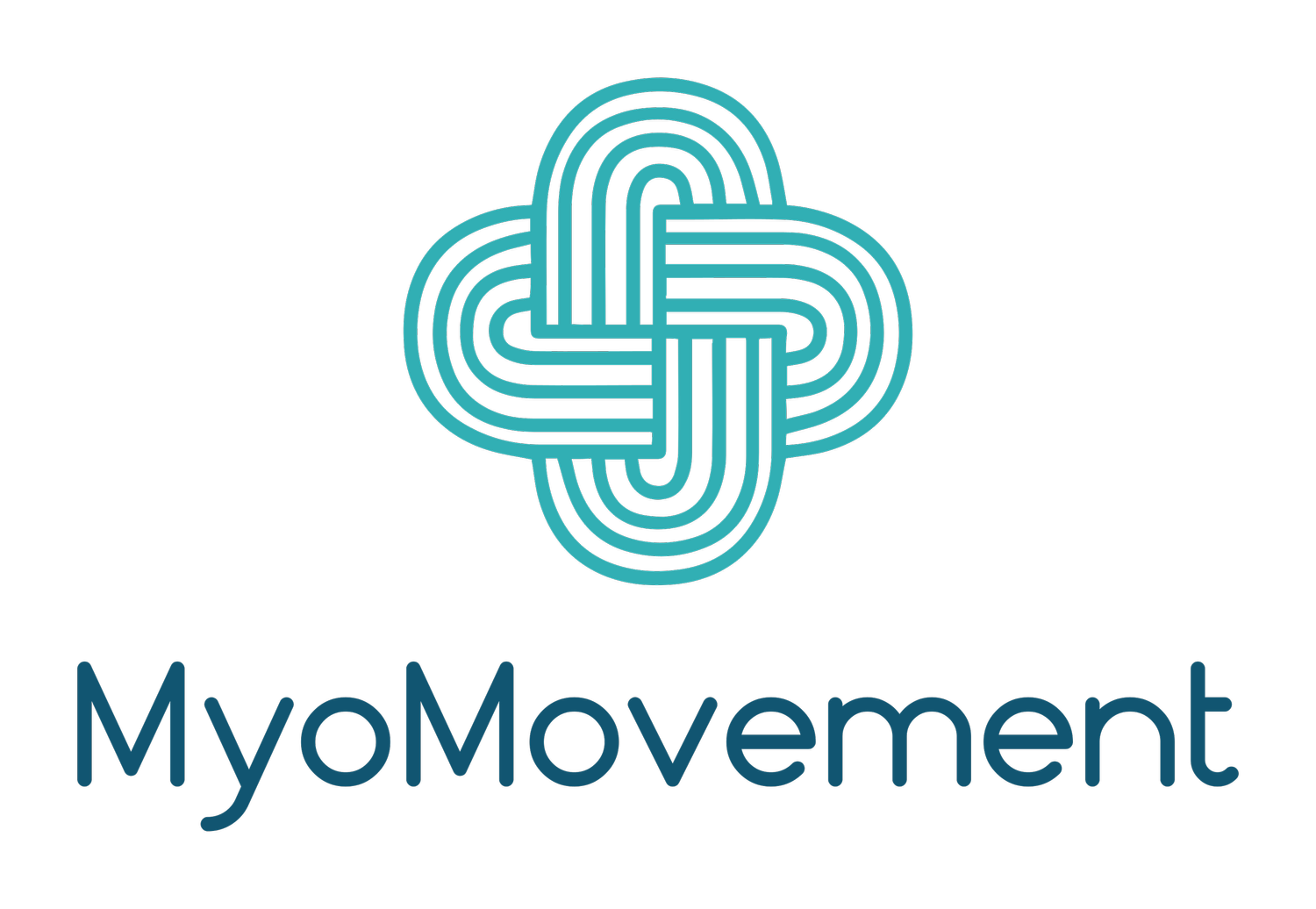Unveiling the Link Between Nitric Oxide, Nasal Breathing, and Myofunctional Therapy
In the realm of health and well-being, the interconnectedness of various bodily functions often surprises us. One such fascinating correlation lies in the relationship between nitric oxide, nasal breathing, and myofunctional therapy. As we delve into the intricacies of this connection, a deeper understanding emerges, shedding light on the importance of nasal breathing and its potential therapeutic benefits through myofunctional therapy.
Nitric Oxide: The Molecular Superhero
Nitric oxide (NO) is a tiny molecule with colossal importance in our body's physiological processes. Discovered as a signaling molecule in the late 20th century, NO plays a crucial role in vasodilation, neurotransmission, and immune response. However, its connection to nasal breathing is often overlooked.
The Nasal Connection: Breathing Beyond the Mundane
Our respiratory system has two primary modes of breathing: nasal and mouth breathing. While mouth breathing is a more common and seemingly convenient approach, the intricate design of our nasal passages serves a purpose beyond simple air intake. The nasal cavity acts as a natural filtration system, humidifying and conditioning the air before it reaches the lungs. Additionally, the nose produces nitric oxide, providing a unique and crucial function.
Nitric Oxide Production in the Nose: A Breath of Fresh Air
As we breathe through our noses, the nasal epithelium produces nitric oxide. This colorless gas acts as a vasodilator, relaxing and expanding blood vessels. In the respiratory system, this dilation enhances oxygen uptake, ensuring efficient delivery to various tissues and organs. Furthermore, nitric oxide exhibits antimicrobial properties, helping the body fend off pathogens, and it plays a role in regulating immune responses.
Nasal Breathing and Myofunctional Therapy: A Synergistic Approach
Enter myofunctional therapy – a holistic approach that addresses the function and coordination of the muscles involved in breathing, swallowing, and speech. By focusing on these orofacial muscles, myofunctional therapy aims to correct dysfunctional patterns, including improper breathing habits.
Nasal breathing is a central tenet of myofunctional therapy. When individuals habitually breathe through their mouths, it can lead to a myriad of issues, from facial development problems in children to sleep disorders in adults. By promoting nasal breathing, myofunctional therapy seeks to optimize the natural processes associated with NO production, fostering overall health and well-being.
Unlocking the Therapeutic Potential:
Improved Oxygenation: Nasal breathing enhances oxygen uptake, promoting optimal oxygen delivery to cells and tissues. This can contribute to increased energy levels and improved cognitive function.
Immune Support: Nitric oxide's antimicrobial properties, coupled with the air filtration capabilities of the nasal passages, create a formidable line of defense against pathogens. This is especially crucial in the current global health landscape.
Facial Harmony and Development: In children, myofunctional therapy can positively impact facial development by encouraging proper tongue posture and swallowing patterns. This, in turn, contributes to a well-aligned jaw and facial structure.
Sleep Quality: Nasal breathing is essential for quality sleep. Myofunctional therapy addresses issues like mouth breathing and tongue tie, which can contribute to sleep disorders such as snoring and sleep apnea.
The correlation between nitric oxide, nasal breathing, and myofunctional therapy unveils a fascinating synergy in our physiological well-being. By recognizing the pivotal role of nasal breathing and understanding the therapeutic potential of myofunctional therapy, we embark on a journey toward holistic health – one breath at a time. As the interconnected web of our bodily functions continues to be unraveled, the significance of these seemingly simple elements becomes ever more apparent in our pursuit of well-rounded health and vitality.

